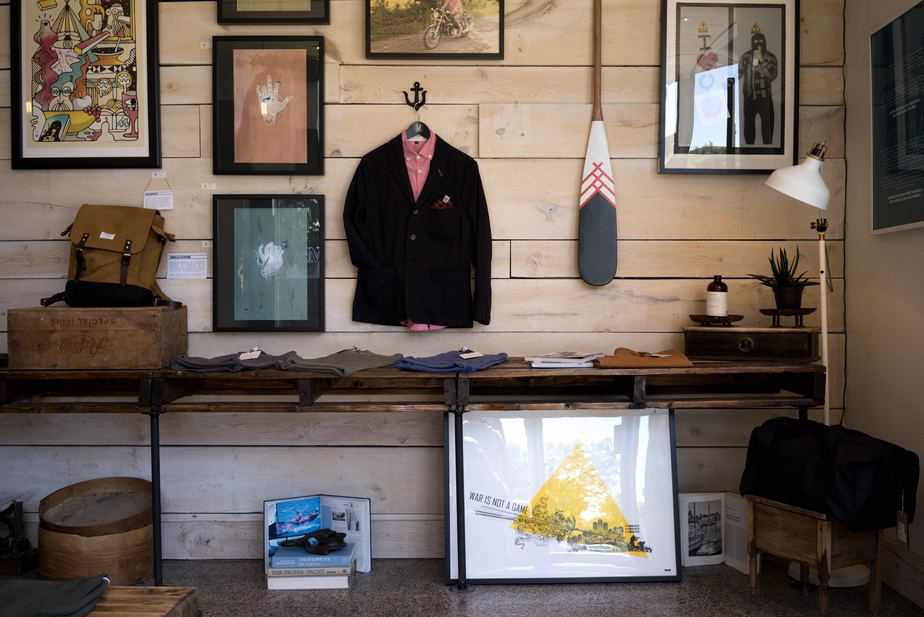One of the most transformational things that you can do to your home is to paint it. When you choose your own colors, you’ll be able to really make a space your own, putting your mark on it and transforming it into this incredible spot that is all about you and your needs. Whether you’ve done it before and want a refresher, or you are new to the topic and want to learn how to do it like a pro, let’s start at the basics and work our way up!
What you’re going to need:
As with any kind of worthwhile project, you’re going to need a selection of accessories in order to do the job properly. When you’re looking at painting your traditional room, here are the general supplies to have on hand.
- A floor tarp: You don’t want your floor to get paint on it (unless it’s unfinished), so get a tarp that is going to cover the entire floor comfortably.
- A roller: You’ll need a roller brush to make sure that you can paint those wide swathes on the wall, so get a good quality one that isn’t too heavy to hold onto comfortably.
- An angled brush for cutting in: When you cut in (starting the painting at the top and bottom along the trim), you’ll want a slightly angled paintbrush to make sure that you can get the angle right and not splotch on the trim.
- Paint and primer: You’re going to need paint to, well, paint. Have fun choosing the color (s) that you want to put in place! The primer is the base coat.
- Painters tape: This will be to put over the outlets and sockets as well as carefully framing your windows and door frames to keep the paint from getting where it’s not supposed to.
- A sander: You’ll need to carefully sand your walls to make sure that you get out any kind of imperfections in the wall so that you can paint it to perfection.
- Caulking: If there are any gaps in the wall (such as picture hanging holes or along the trim, you’ll want to fill those.
The different kinds of paints:
There are a selection of paints that you can look at for your home, and you need to know which one that you want before you start grabbing cans right, left, and center. You know about the primer already, it’s the white paint (that you can tint if you want) that is going to go on first and help the finishing paint stick to it and offer a much smoother, fuller finish when you’re done. This primer will give you the chance to only have to do one top coat, as well, which is always great.
In terms of the finishing paint, there are different sheets that you can look at for your walls. The first one is eggshell. This is a flat-like finish that won’t have much of a sheen to it in terms of lighting. This is often used for those that prefer a quiet finish on their paint. It also hides imperfections well Another finish to consider, often popular, is a matte finish, or a gloss finish. This has a bit of sheen to it and can really help bring the color to life. Last but not least is a satin finish which is going to give you the richest shine and warmth that you want, though it will not hide imperfections at all, which is something to consider.
Pick your finish carefully and get some help if you need a second opinion. This is a decision you want to get right for your room!
How to prepare your walls:
When you’re ready to paint, you will need to start by washing the walls and then apply the caulking wherever it’s needed. Then sand the walls down, clean up any dust that’s left and remove the light switch and socket covers. Apply painters tape everywhere that is needed, put down the tarp. From there you’re ready to get those brushes and rollers in place. Pour your paint into your trays or buckets and get ready for some fun!
How properly paint your walls:
You’re going to want to start with cutting in. When painting a room, you need to work in sections, as you don’t want to take an entire wall and then have paint drying before you are finished the same section. So, first, you need to cut in on top by applying an inch of paint (in the thickness of the line, not the layer!) as close to the trim as you dare, and then use angled brush to gentle coax the paint up to the trim’s meeting point. This is where the painter’s tape will come in handy if you slip up. Do the same thing on the bottom and the sides.
From there, draw a “w” or an “m” on the all with your roller, and fill the space with the roller so that you’ve met up with the cut in parts with the roller. Do this with each section of wall until you’ve finished the room.
How to store paint/products that are leftover:
When you’ve finished (hooray!) you need to carefully use a hammer and put the lid back onto the paint so that it’s totally air-tight. Then, wash all of the paint out of the brushes and roller and allow them to dry completely before packing them away. Carefully fold up your tarp/drop cloth and store it with the paint and brushes for next time you want to bring it all out again.
From start to finish, this is a fun project that can feel overwhelming at first, but will soon show you just how much it can offer. You’ll be a pro before you know it, and we can’t wait to see just what you come up with as your finished product. Thanks for reading, and feel free to share your projects with us!








No Comments
Sorry, the comment form is closed at this time.